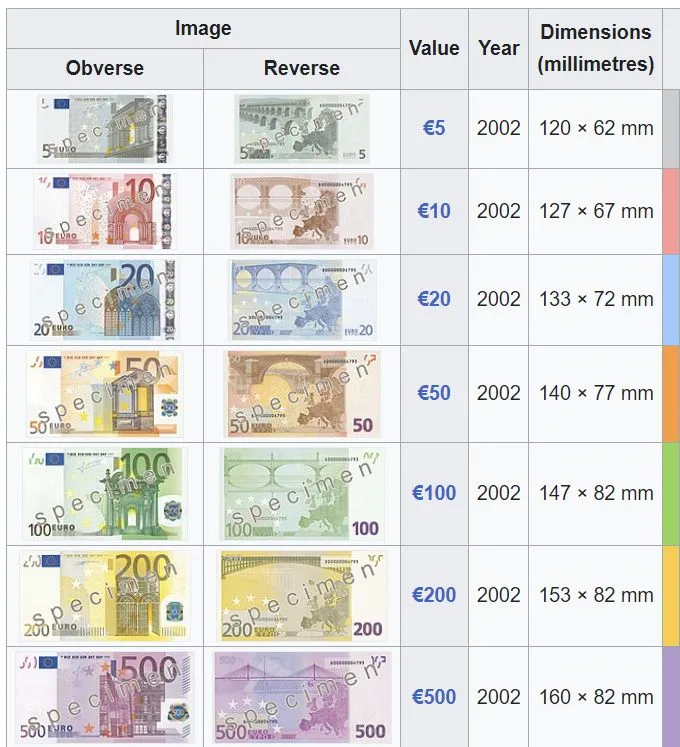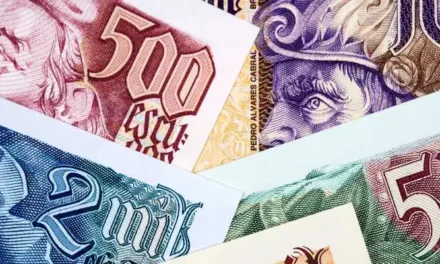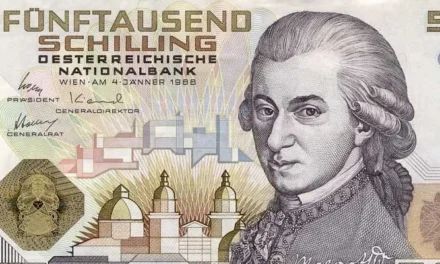In this article, we share information about Euro money: if you want to discover everything about its symbol, banknotes, coins, history, and where to exchange dollars for euros… keep reading!
Since 1999, the Euro money has been the official currency used in the European Union. Its introduction was a significant moment in the history of Europe, and it marked the culmination of years of planning and preparation.
Money symbols euro
The currency symbol “€” represents the Euro and is used by all countries within the European Union that have adopted it. The symbol was designed to be easy to recognize and to represent the values of the European Union, such as unity and stability.
Prior to the adoption of the Euro money, every country in the European Union had their own currency with distinct currency symbols and exchange rates.
The Euro was designed to streamline the financial system and make it easier for people to do business across Europe.
Euro notes
Next, we show a table with images of all the banknotes that exist in the European Union and their value:

Euro money coins
We share images of the current Euro coins:

Euro’s history timeline
- 1957: The Treaty of Rome creates the European Economic Community (EEC), laying the groundwork for European economic integration.
- 1970s: Discussions begin about the need for a single European currency to facilitate trade and promote economic integration.
- 1991: The Maastricht Treaty is signed, which sets out the criteria for a single currency and establishes the European Central Bank.
- 1999: The Euro is officially introduced as a virtual currency for electronic transactions and accounting purposes.
- 2002: Physical Euro banknotes and coins are introduced in 12 countries, replacing national currencies.
- 2007-2008: The global financial crisis causes economic difficulties in several Eurozone countries, leading to discussions about the sustainability of the Euro money.
- 2012: The Eurozone experiences a sovereign debt crisis, with several countries needing financial assistance from other Eurozone members and the International Monetary Fund.
- 2020: The COVID-19 pandemic causes further economic challenges for the Eurozone, with the European Central Bank implementing measures to support the economy.
The history of the Euro dates back to the 1950s when European countries began discussing the idea of a common currency. However, it wasn’t until the 1990s that serious discussions began about the practicalities of introducing a single currency.
On January 1, 1999, the Euro was officially introduced for electronic transactions and accounting purposes only. It took three more years until January 1, 2002, for the Euro to become a physical currency that people could use in their daily lives.
Over the years, the Euro money has encountered several challenges, including economic downturns and political instability in some of the countries that utilize it. However, overall it has been a successful and stable currency, and it has become a symbol of European unity and cooperation.
Best place to exchange dollars for euros
You can exchange dollars for euros at various places in the United States, including banks, currency exchange offices, and some hotels and airports. Some popular banks that offer currency exchange services include Bank of America, Chase, and Wells Fargo.
You can also find currency exchange offices in major cities throughout the country. Additionally, many credit card companies offer currency exchange services, though it’s important to check the fees and exchange rates before using this option.






